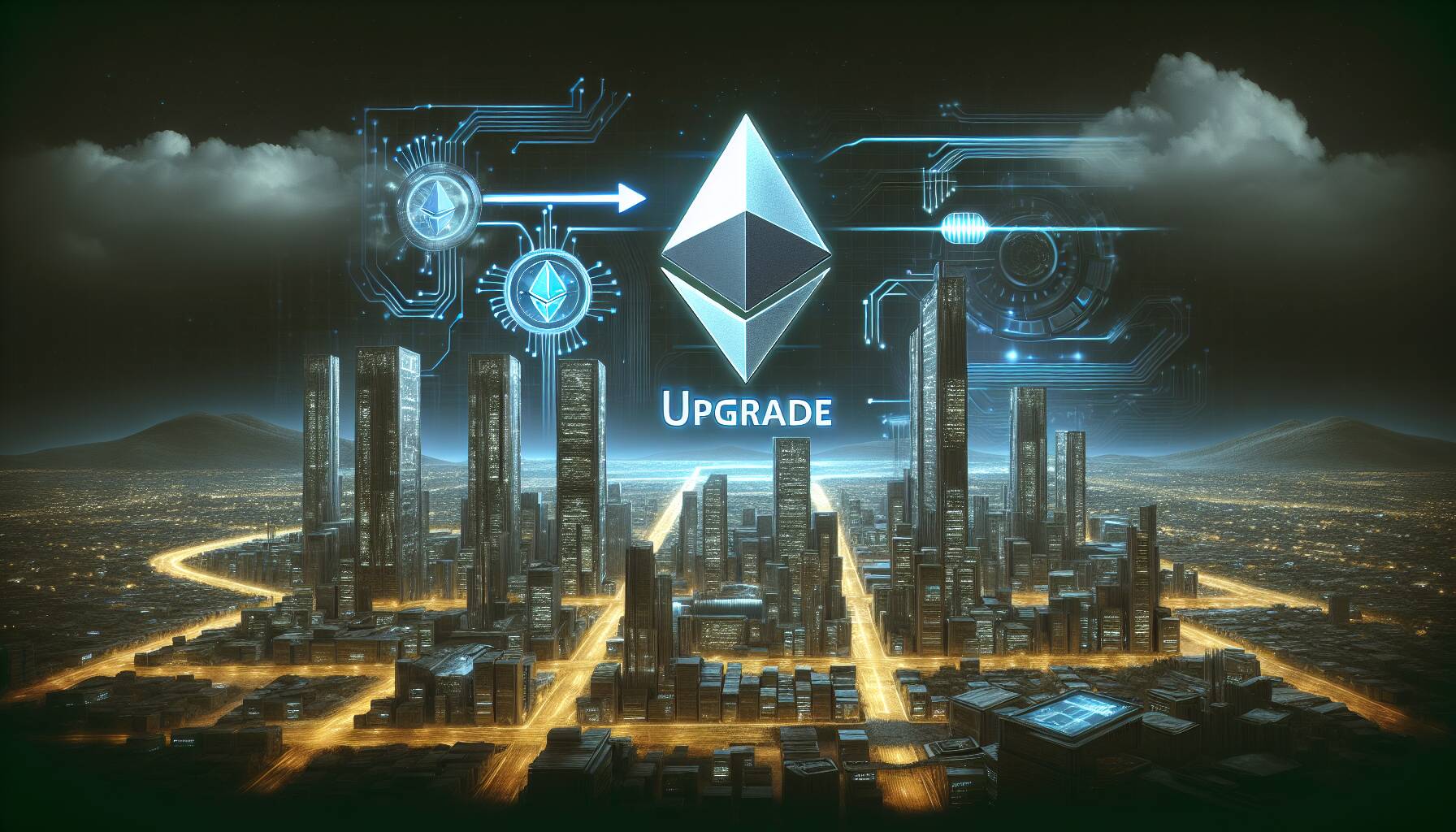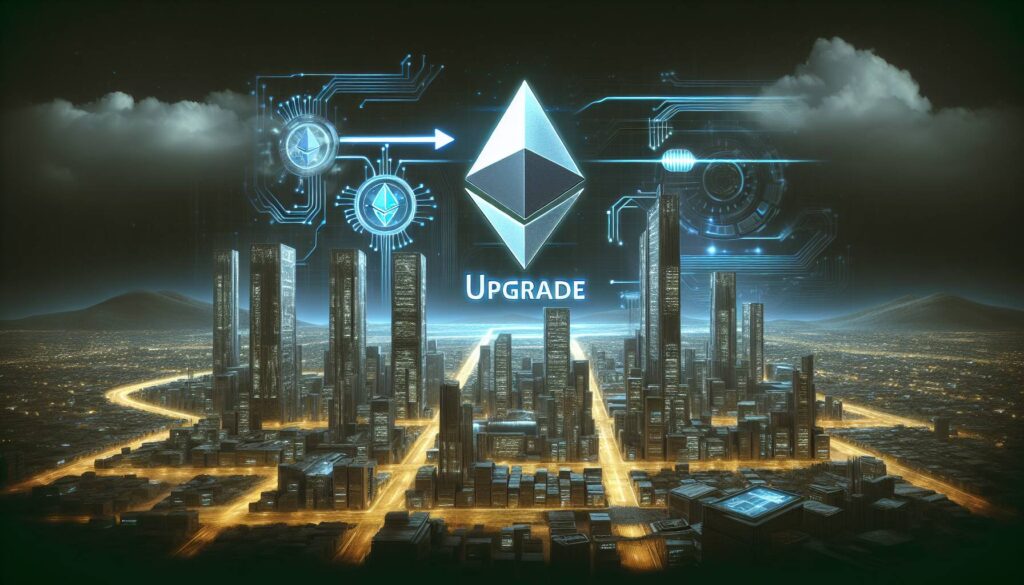In a recent report, investment bank JPMorgan has highlighted a noteworthy trend in the Ethereum blockchain, revealing that despite several upgrades aimed at enhancing its functionality, there hasn’t been a significant uptick in user activity. Analysts, led by Nikolaos Panigirtzoglou, noted that key indicators, such as daily transactions and active addresses, have remained relatively stagnant following these updates.
However, the report does touch on a positive aspect; the total value locked (TVL) on Ethereum witnessed an increase between the Dencun upgrade in March 2024 and the Pectra update earlier this month. This growth seems to stem from heightened lending and borrowing activities on decentralized exchanges, though it appears less impressive in dollar terms compared to the rise in the blockchain’s ether (ETH) token.
Ethereum’s Pectra upgrade, implemented on May 7, is designed to enhance staking processes, improve wallet functionalities, and boost overall efficiency. According to JPMorgan, this upgrade not only aims to make Ethereum and its native ETH token more appealing to institutional investors but also serves to distinguish the network from its competitors. Nonetheless, the expected surge in user activity following these upgrades has yet to materialize meaningfully.
“Following the Dencun upgrade, both average and total fees fell, partly due to a notable shift towards layer 2 chains,” JPMorgan pointed out in its analysis.
The report also raises concerns about the circulating supply of ether, which increased after the Dencun upgrade. This situation has sparked worries regarding the asset potentially becoming inflationary amidst a backdrop of subdued transaction activity. Interestingly, recent futures positioning data suggests that institutional investors have played a significant role in the recent uptick in ether’s price, which has appreciated by over 45% in the last month according to CoinDesk.

The Current State of the Ethereum Blockchain
The following are the key points regarding Ethereum’s activity and market dynamics based on recent analysis:
- Minimal Increase in Activity: Despite upgrades, there has been no significant rise in daily transactions or active addresses on the Ethereum blockchain.
- Total Value Locked (TVL) Growth: TVL increased post-upgrades due to enhanced lending and borrowing on decentralized exchanges.
- Recent Upgrades – Pectra: Activated on May 7, aims to streamline staking and improve wallet efficiency, making Ethereum more attractive to institutions.
- Fee Reduction: Post-Dencun upgrade, both average and total fees decreased, influenced by a shift towards layer 2 chains.
- Concerns Over Inflation: Increased circulating supply of Ether raises worries about the crypto becoming an inflationary asset amid low transaction activity.
- Institutional Impact: Institutions reportedly played a major role in Ethereum’s recent price rally, with Ether rising over 45% in the past month.
Comparative Analysis of Ethereum Upgrades and Market Dynamics
The recent research from JPMorgan highlights a crucial phase in the Ethereum ecosystem, which remains somewhat stagnant despite its continuous improvements. In contrast, other blockchain platforms like Solana and Avalanche have seen substantial activity and user engagement following their respective upgrades. The strong performance of these alternatives lends them a competitive advantage in terms of attracting both developers and investors, as they capitalize on the increased demand for scalable and efficient network solutions.
While Ethereum’s total value locked (TVL) has risen, indicating a positive trend in decentralized finance (DeFi) lending and borrowing, it still trails behind the more dynamic ecosystems that facilitate faster transaction speeds and lower fees. This situation might spark reluctance among potential developers and users, who may find themselves drawn to platforms that promise better performance and user experience. Strong branding and community support for projects like Solana can also detract attention from Ethereum, indicating a possible disadvantage for the latter.
On the other hand, the improvements brought by the Pectra upgrade, aimed at enhancing staking mechanics and wallet functionality, could create significant benefits for institutional investors who may seek the perceived security and features of Ethereum. However, concerns surrounding Ether’s inflationary potential following changes in the circulating supply may deter risk-averse investors, thereby potentially hindering growth in a critical user segment.
Ultimately, while Ethereum’s established network offers a solid foundation, its current stagnation in user activity could present challenges. Institutional investors looking for robust returns might find solace in alternatives that demonstrate higher transaction volumes and lower fees. Thus, Ethereum may need to strategically enhance its marketing to reengage users and distinguish itself in a rapidly evolving space.

















